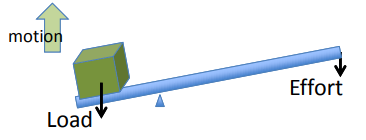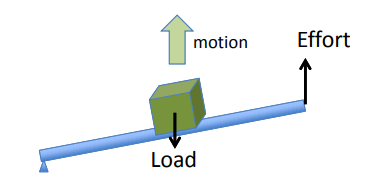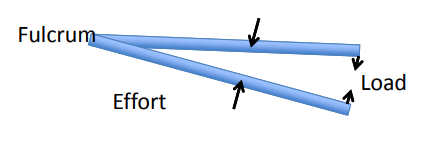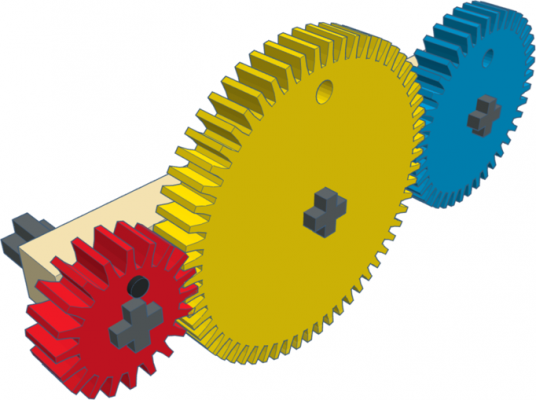What does a mechanical engineer do?
Mechanical engineering jobs are all about solving problems and creating products to meet human needs. Work includes solving problems using machines or machinery by designing, testing and improving mechanical devices. Mechanical engineers use a wide range of tools, techniques and machinery in their jobs, which depends on the area of mechanical engineering they trained in and the industry they work in.
To be a mechanical engineer, the attributes you require are to be curious, self-motivated and hardworking.
Mechanisms with card and paper
Do try this at home…pop ups
Today you used cutting, folding and gluing to create your pop ups. All pop up books or cards, whether simple or complex, are made using the same simple mechanisms. If you click here, you will find the instructions for these mechanisms and some more complicated ones.
If you watch the video on the left you will see how the paper engineer Matthew Reinhart takes the same mechanisms that you used today, and develops them into speculator pop ups.
Could you develop and improve your basic design into something amazing?
If you have time, you could watch the tutorial video here to see how to develop your designs into something more complex.
You may want to try a ready made pop up. Click here to visit a website with templates, instructions and tutorials designed by a variety of paper engineers.
More mechanisms you can try at home
Levers
A lever is a simple machine which helps us to lift objects. It has a long arm and a fulcrum, which is where the arm pivots. The object you are lifting is called the load, and the force you apply to the arm to make the object move is called the effort. There are three types of lever (see below).
For more examples of everyday uses of levers, click here.
Can you find any levers at home?
The class 1 lever has the fulcrum between the effort and the load, for example when using a hammer claw to remove a nail.

On a class 2 lever, the load is between the fulcrum and the effort, for example when you use a bottle opener or wheelbarrow.

An example of a class 3 lever can be illustrated by using tweezers or tongs where the effort of squeezing the tongs is between the fulcrum or pivot at one end, and the load which is gripped at the other.

Pulleys and gears
The video shows how pulleys help us to lift loads. In everyday life they are used in lifts and elevators, in wells for pulling up buckets of water and in weight lifting machines in the gym. Next time you visit a building with a lift, see if you can spot the pulleys working.
For instructions on how to make your own pulley, click here.

Gears are wheels with teeth that slot together. When one turns, the other turns too. Gears of different sizes are used to increase the power of the turning force. Small gears turn quickly but with a smaller force, whereas large gears turn slowly with a greater force. You may have already spotted gears on your bike, or know that you find gears in cars, but can you spot gears being used anywhere else at home?
You can buy simple gears sets (click here) or clock sets (click here) to start experimenting with gears at home.




